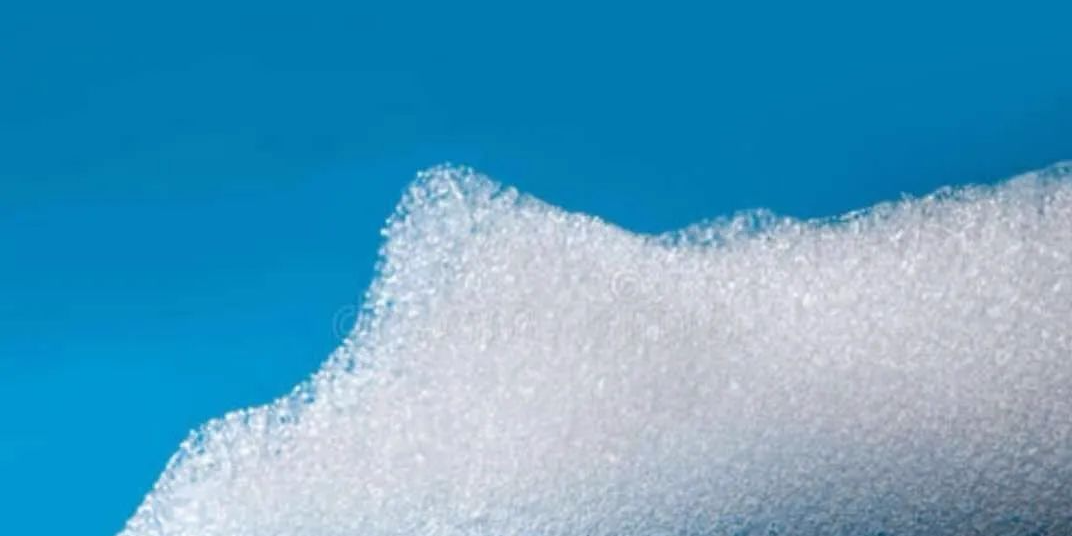What causes the protective shield of a foam bubble to thin out under tension?
The Thinning Consequence: Tension’s Effect on the Foam Bubble Shield
The protective shield of a foam bubble, represented by its soap film wall, stands as the primary barrier against the bubble’s collapse. However, this shield can thin out under the influence of increased tension, a dynamic scenario ignited by surfactants. Here’s an in-depth look into this compelling process:
The Outset: Surfactants Redefine Bubble Structure
At the heart of the tension-creation are surfactants. Their unique structure, combining hydrophilic (water-attracting) heads and hydrophobic (water-repelling) tails, lets them interact with the water-air interface in ways that fundamentally alter the bubble structure.
The hydrophilic heads attach to the water phase, and the hydrophobic tails extend towards the air phase. This arrangement exerts an outward force on the soap film wall, initiating the process that leads to thinning.
Stretch, Spread, Thin: The Journey of a Bubble Wall
In response to the outward force, the soap film wall starts stretching. It’s crucial to understand that the volume of the film remains constant, but it’s the surface area that changes.
As the film stretches outward to accommodate the surfactant-induced tension, it spreads over a larger area. This spreading of the soap film results in the thinning of the protective shield. The same amount of film content is now required to cover more area, decreasing its thickness in the process.
Vulnerability Creeps In: Thin Wall and a Threat
The thinning of the bubble wall reduces its ability to withstand any disturbances, making it vulnerable. As the thin wall struggles to maintain the balance between the internal and external pressures, it’s at high risk of rupturing, leading to the bubble’s eventual collapse.
FAQs
-
What role do surfactants play in causing the thinning of the foam bubble wall?
- The unique structure of surfactants allows them to exert an outward force on the soap film wall, which leads to its stretching and spreading over a larger area. This spreading results in the thinning of the protective shield.
-
How does the volume and surface area of the film wall relate to its thinning?
- As the film stretches outward, its surface area increases while the volume remains constant. So, the same amount of film content covering a larger area leads to a decrease in thickness or thinning.
-
What is the consequence of bubble wall thinning?
- The thinning of the bubble wall makes it vulnerable and less able to withstand disturbances. This vulnerability often leads to the rupture of the wall and subsequent collapse of the bubble.







